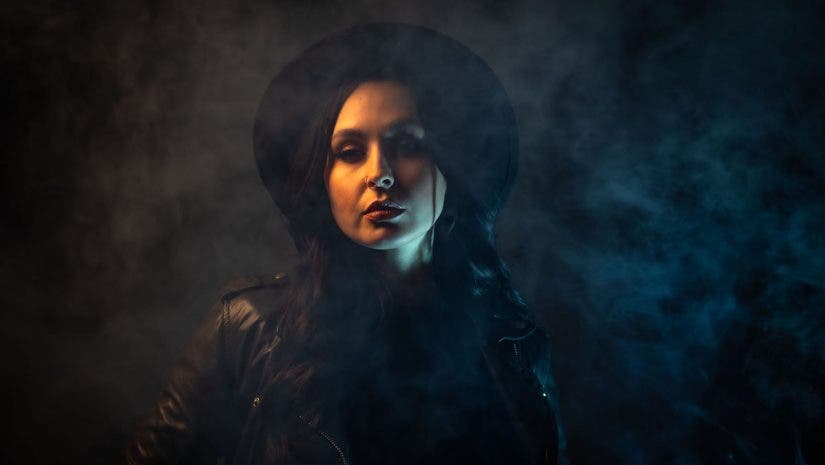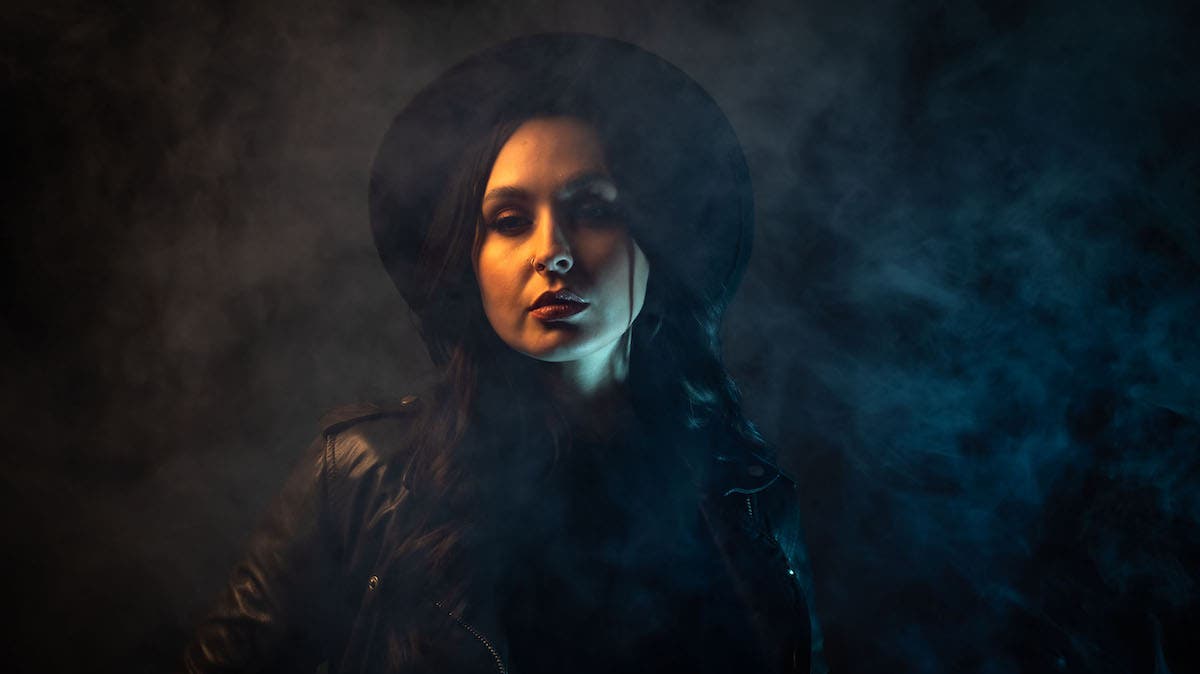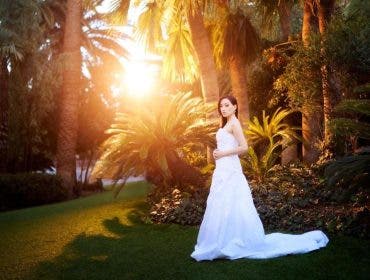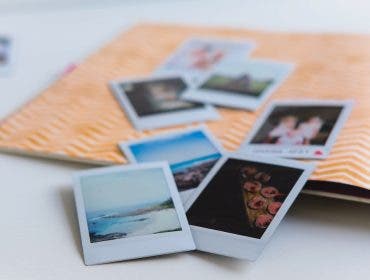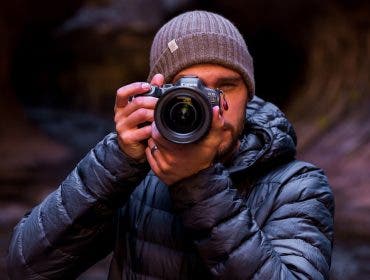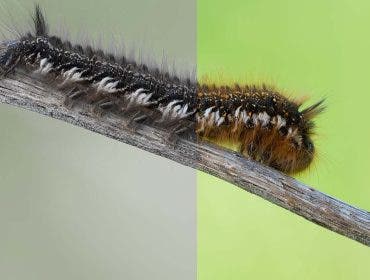As a photo educator, there is some fear that AI can eventually replace me. At least that’s what the hype around ChatGPT would love you to believe. But maybe the opposite is true — perhaps AI can help (not harm) my photography. As learning is a lifelong experience (at least it is humans) I figured now is a good time to find out for myself if I should be worried or excited about AI. So, I sat down with ChatGPT to plan an AI photo shoot.
What I Asked ChatGPT
My first interaction with the ChatGPT started well enough. When asked the question “Who is Gavin Hoey?” it came back with an accurate answer. To be fair, it was essentially a copy and paste from an old online bio I used to use — just much better written. ChatGPT has learned how to Google my name, but can it pretend to be me?
I then asked the AI:
“Suggest some photo shoot ideas in the style of Gavin Hoey.”
It did, and I decided to make an AdoramaTV video using the AI script and the photo tips it suggested. Here is the video if you’d like to watch for yourself:
Pros of AI Photo Shoot Ideas
ChatGPT suggested that a low key, dark, and moody studio portrait session would fit my style of photography. This is accurate. It also added two of my favourite things — smoke and colored gels. If we stop there, the AI nailed my photographic style.
Although not everything went smoothly (more on that later), the script did have most of the essentials. It covered how many lights I would need, where they should be placed, and what kind of light modifiers to use. It included everything I would normally expect in a studio lighting tutorial.
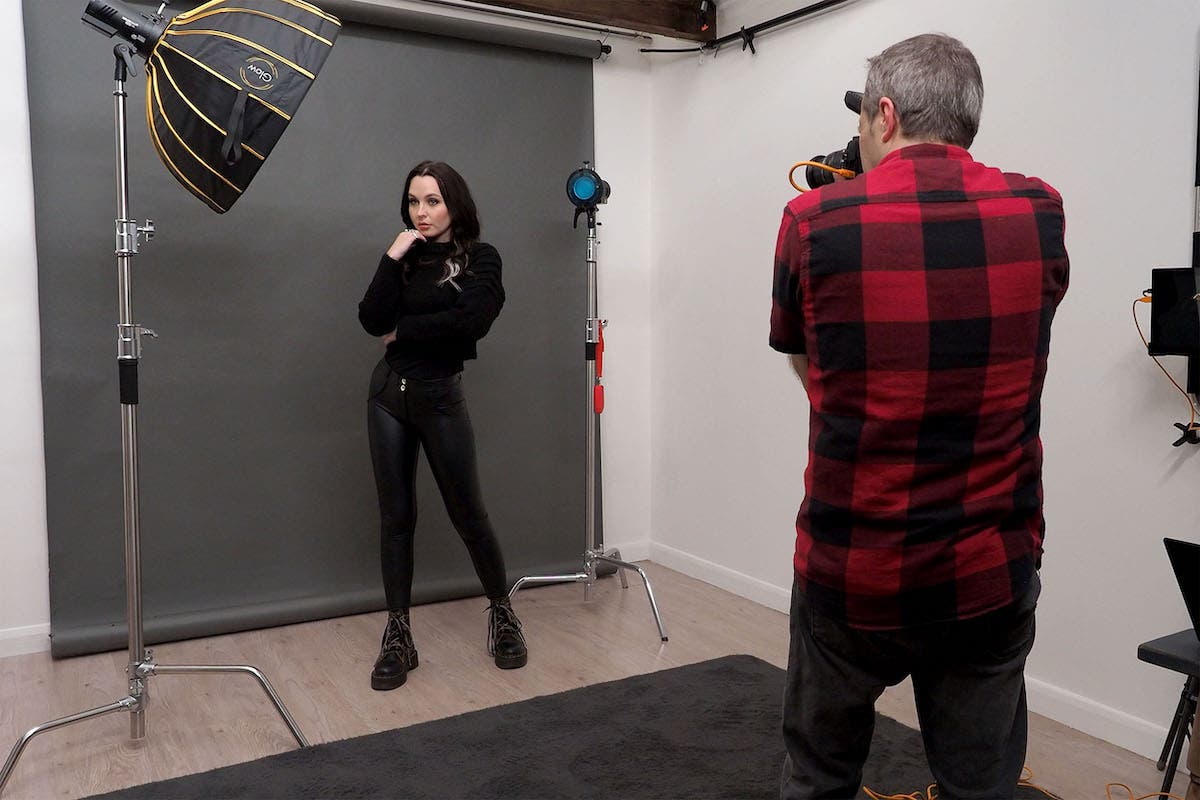
ChatGPT — and other AI-powered chat bots — excel is in their ability to interact with us humans. So, when I asked for an alternative to the suggested blue and red gels, the ChatGPT provided another suggestion. Blue and orange were then suggested and, in my opinion, that’s a much better choice.
This is the photo using red and blue gels:
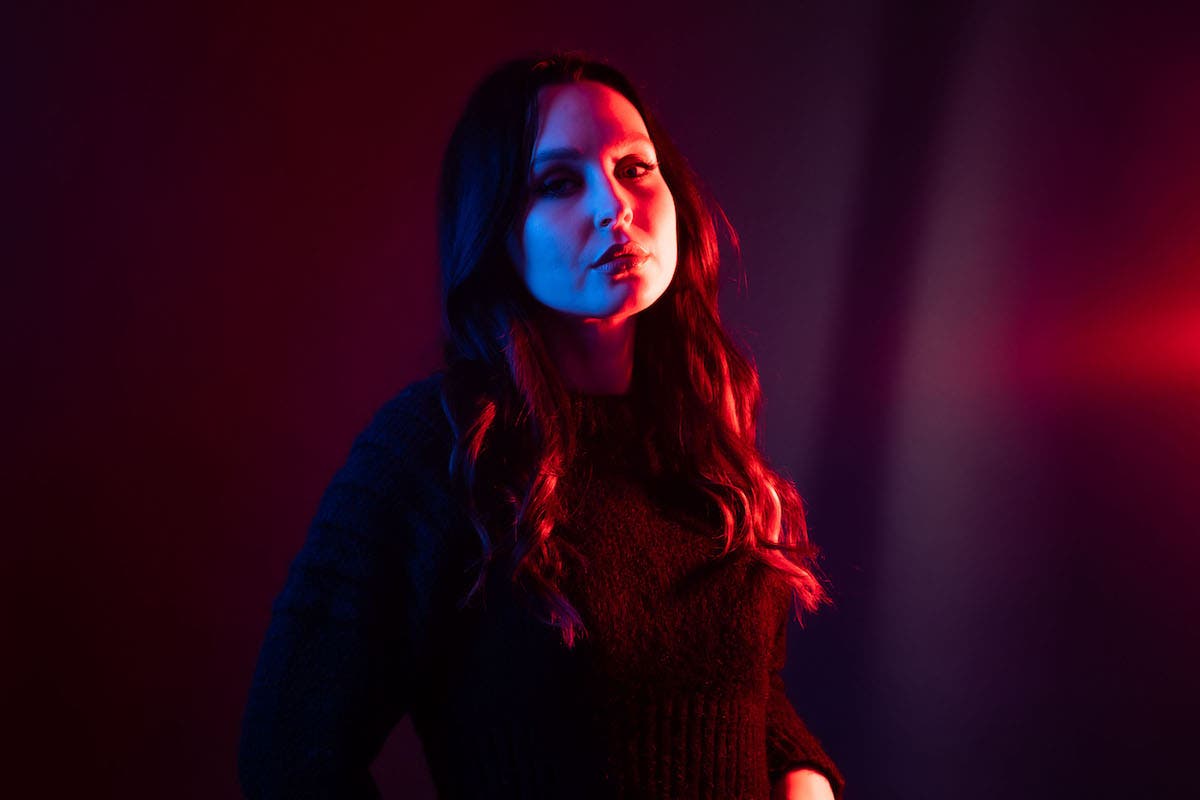
This is the photo using orange and blue gels:
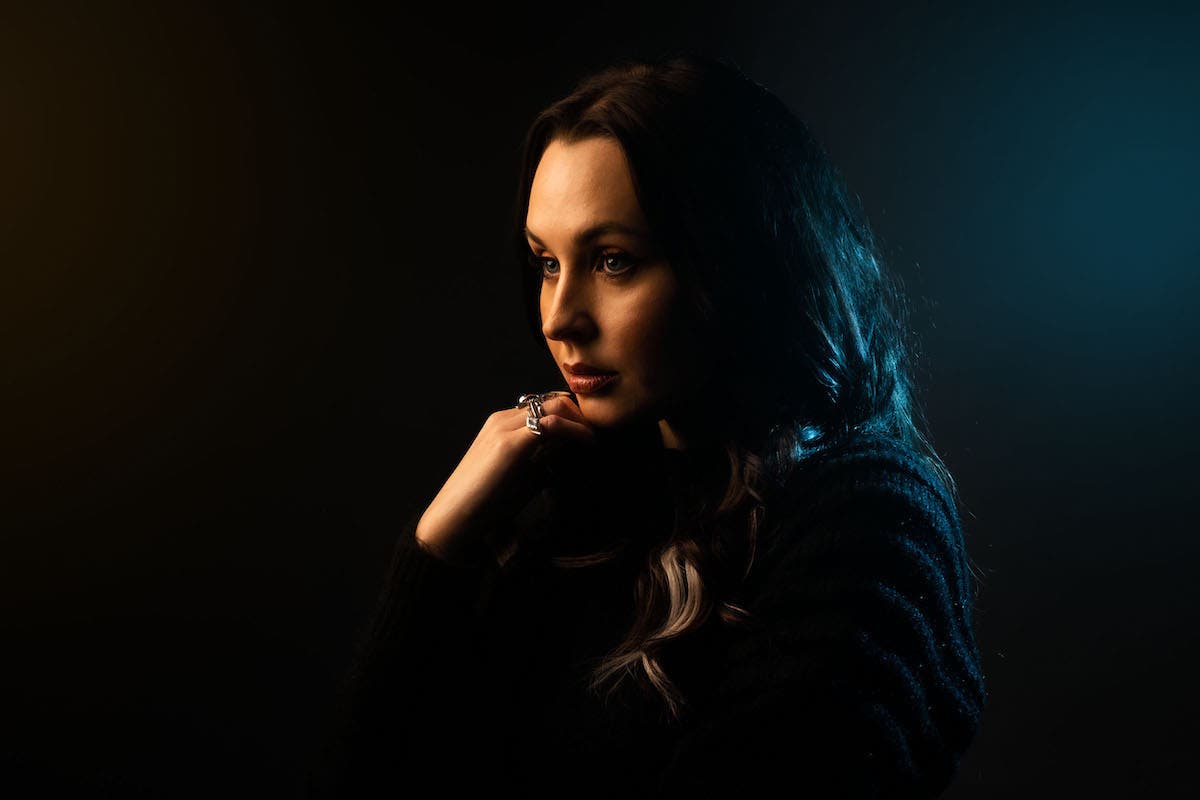
But the advice didn’t stop there. Just like any good educator, ChatGPT ended with words of encouragement:
Don’t be afraid to experiment with different combinations and find the best look for you.
Cons of AI Photo Shoot Ideas
With the positives out of the way, it’s time for a little reality check. Some of ChatGPT suggestion were a little strange. A few were out-right wrong, in my opinion.
It offered some strange tips for my model, Sophie. It suggested I give Sophie a hat, coat, and umbrella to add a sense of mystery. It also suggested that Sophie pose in a strong and confident stance, shoulders back, and chin held high. She tried it, laughed, and we moved on.
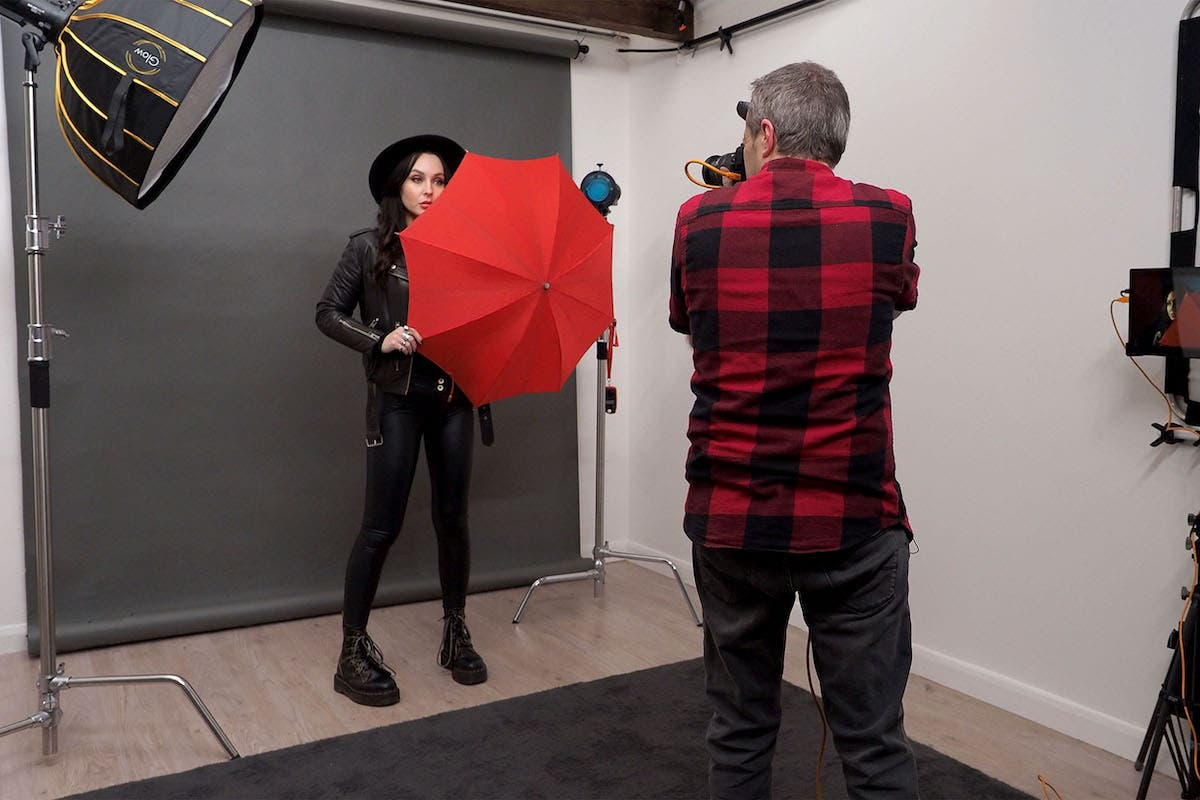
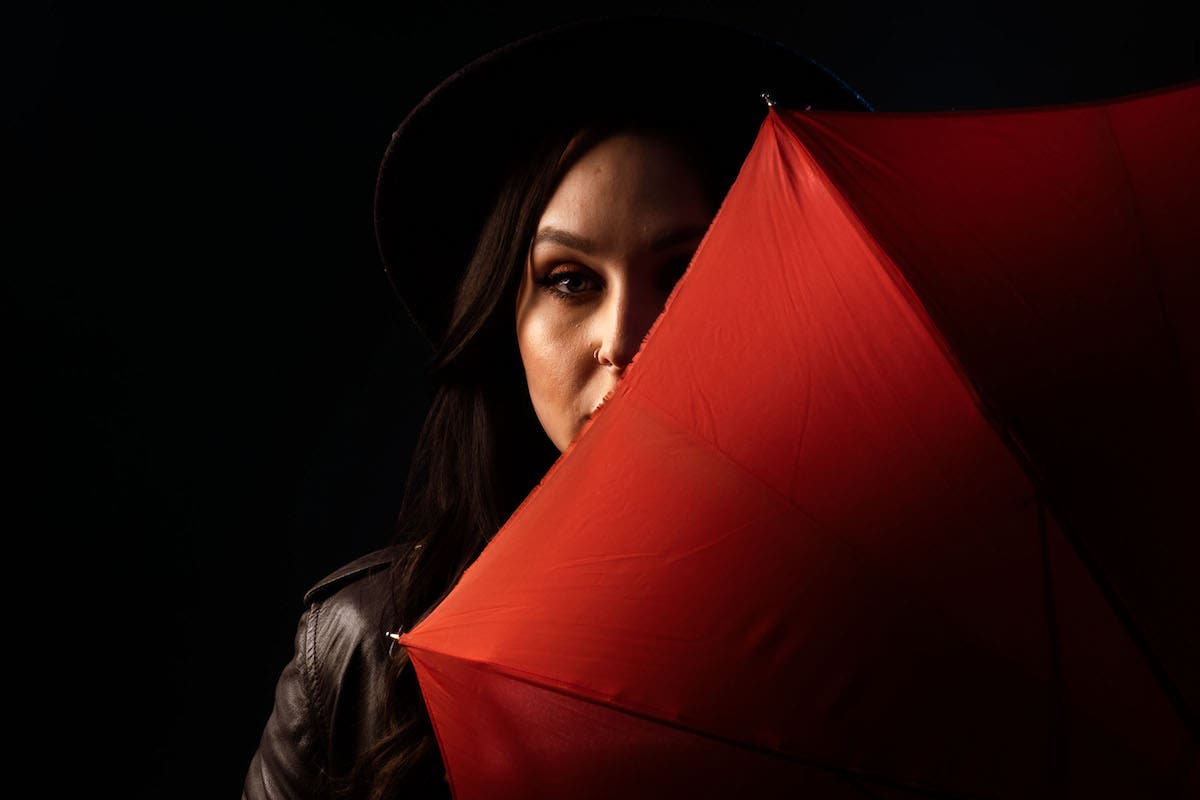
When it comes to lighting, I’m usually very relaxed but there are some things I just don’t recommend. For example, I don’t recommend placing the key light lower than the model’s head. Although, that’s exactly what the A.I. told me to do. In my opinion, there are just two occasions when that’s acceptable: Halloween and film noir photography.
This was supposed to be a photo session in my style. I would likely never use hard light as the key light and soft light as the fill light. But that’s what the A.I. script said to do.
Sophie, as an experience model, instinctively turned to face the softbox which was set to underexpose by a stop or so. As it turned out, I rather liked the effect so we ran with it. In hindsight, I wonder if the ChatGPT-generated script was confusing film noir lighting with general low-key lighting. Certainly, the use of a low-level key light, some hard shadows, and the coat, hat, and umbrella props would fit that theme. The only thing it was missing was some smoke — something the AI was positive I would need at the start but ultimately never included in the script.
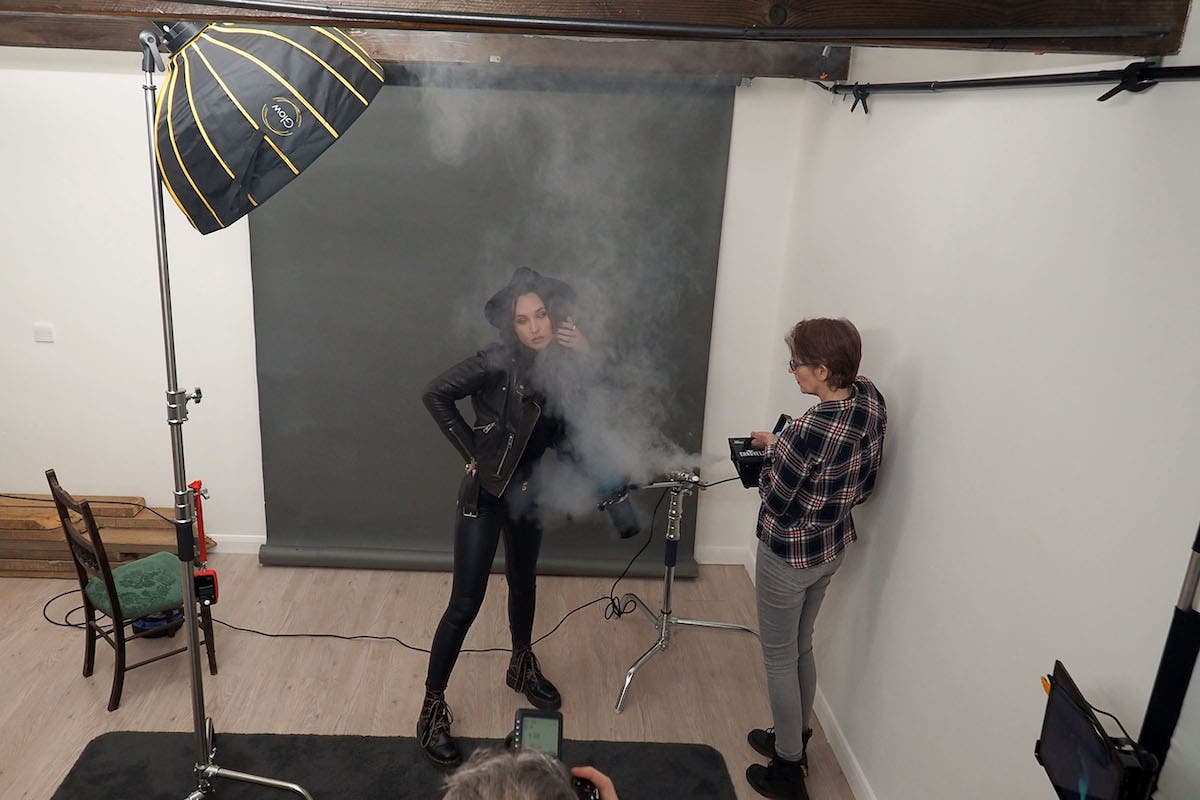

As it stands right now, the results I received were useful as a starting point. But, if you dig deeper, AI has a lot to learn. What fascinated me the most was what happened when the A.I. got something wrong — like when it suggested I should place my key light low. When pressed, the AI was unshakable in its answer. This was to the point that it would even give reasons why it was the right thing to do.
Luckily, I know a thing or two about photography and lighting. But I wonder what would happen had been asking for advice on car mechanics or financial planning rather than photography. Perhaps the current difference between AI chat and human chat is the ability to admit you made a mistake.
How Photographers Can Use AI
Overall, I managed to get a fine result from the session. Although I’d suggest that was more thanks to a human experience than artificial intelligence. But don’t be too quick to write off A.I. as a photography tool just yet. The hardest part of any photo session happens long before you pick up your camera or put down a light. Inspiration is the bedrock of a successful photo shoot and knowing what look you are aiming for is the first step to achieving it. AI-created content can be super useful as inspiration in a couple of ways.
Text-to-image AI generators are already here and very capable. Their wider use is questionable. Although, as a tool for inspiration, they’re astonishingly good. For example, I entered the phrase “dark moody studio portrait with red and blue gels and smoke” into the Wombo Dream AI image generator and within minutes I had looks I could use in a moodboard.
Final Thoughts on AI Photo Shoot
ChatGPT — like everything AI — is still very new and has a lot of improving to do. At no point did I think I was talking to a real person, but the experience was significantly more interactive then just searching online or watching a pre-recorded video tutorial. And like all good creative educators, ChatGPT had one theme that it repeated over and over again: Experiment and see what works for you.
